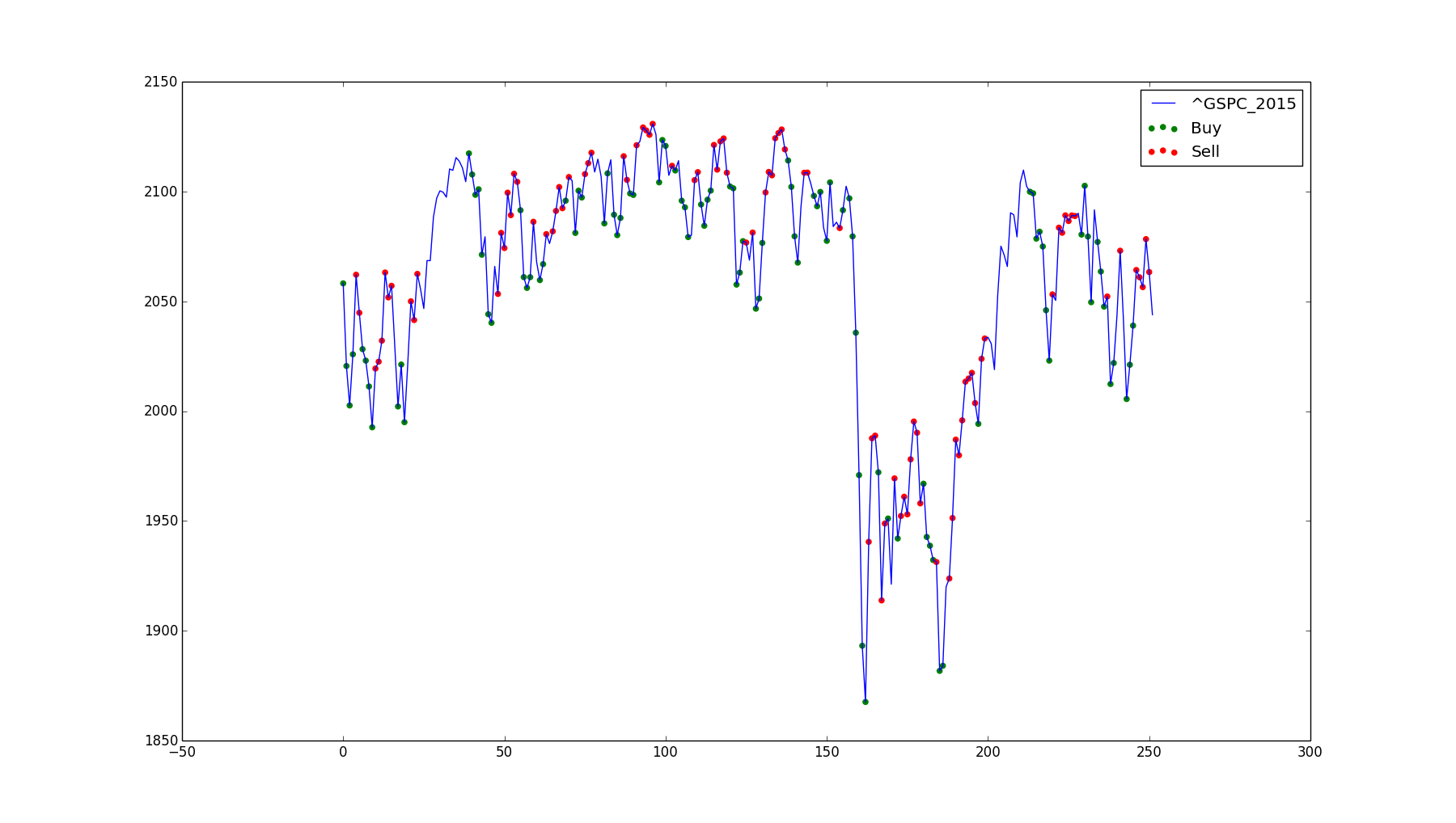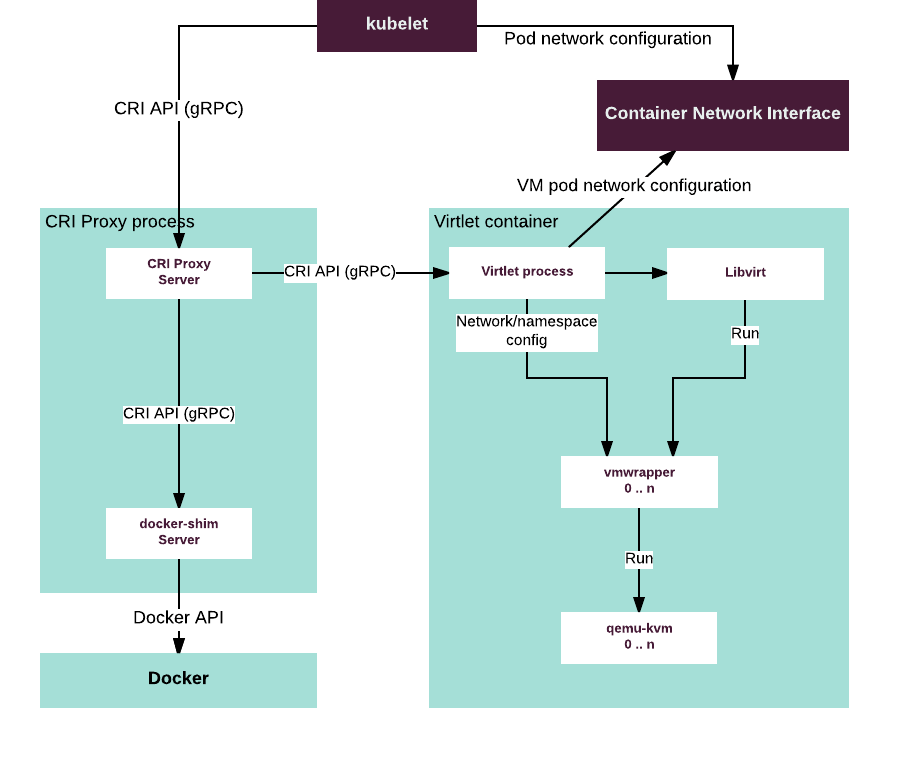- Docker Qcow2 Vs Raw Download
- Docker Qcow2 Vs Rawlings
- Docker Qcow2 Vs Raw Data
- Docker Mac Raw Vs Qcow2
- Docker Qcow2 Vs Raw Dog Food
Qemu-img is a QEMU disk image utility, which allows us to create, convert and modify images offline. It can handle all image formats supported by QEMU (including qcow2 and raw image format). Installing qemu-img: root@tuxfixer # yum install qemu-img. Converting qcow2 image to raw image format using qemu-img. One other difference is that you can’t live migrate an LXC container IIRC. Docker and LXC are container technologies. Just like you can't take a VMware VM and use it in Proxmox, you can't take a Docker container and use it in LXC. LXC containers provide you a more OS-like environment, whereas Docker doesn't have to. SC Labs Networking notes (CCNA R/S, CCNA Sec, CCNP R/S, VMWare) ccnp routing and switch 300-101 300-115 esxi.

Docker Swarm - Swarm is Docker’s clustering, scheduling and orchestration tool for managing a cluster of Docker hosts. Rkt - Part of the CoreOS ecosystem of containerization tools, rkt is a security minded container engine that uses KVM for VM-based isolation and packs other enhanced security features. Cloud Base image for Openstack. 319MB qcow2 image. Download Verify. Fedora 34 Cloud Base images. Fedora Cloud Base images are for creating general purpose virtual machines (VMs). You can use the Qcow 2 image for use with Openstack or the compressed raw image. If you are not sure what to use, try the raw image.
When adding an image to Glance, you must specify what the virtualmachine image’s disk format and container format are. Disk and containerformats are configurable on a per-deployment basis. This document intends toestablish a global convention for what specific values of disk_format andcontainer_format mean.
Disk Format¶
The disk format of a virtual machine image is the format of the underlyingdisk image. Virtual appliance vendors have different formats for laying outthe information contained in a virtual machine disk image.
You can set your image’s disk format to one of the following:
Docker Qcow2 Vs Raw Download
This is an unstructured disk image format.
The raw image format is the simplest one, and is natively supported byboth KVM and Xen hypervisors. You can think of a raw image as being thebit-equivalent of a block device file, created as if somebody had copied,say, /dev/sda to a file using the dd command.
Docker Qcow2 Vs Rawlings

This is the VHD (Virtual Hard Disk) disk format, a common disk format used byvirtual machine monitors from VMware, Xen, Microsoft, VirtualBox, and others.
This is the VHDX format, anenhanced version of the vhd format. It has support for larger disk sizesand protection against data corruption during power failures.
TheVMDK(Virtual Machine Disk) format is supported by many common virtual machinemonitors, for example the VMware ESXi hypervisor.
The VDI(Virtual Disk Image) format for image files is supported by the VirtualBoxvirtual machine monitor and the QEMU emulator.
The ISOformat is a disk image formatted with the read-only ISO 9660 (also knownas ECMA-119) filesystem commonly used for CDs and DVDs.
A disk format supported and used by Virtuozzo to run OS Containers.
The QCOW2(QEMU copy-on-write version 2) format is commonly used with theKVM hypervisor. It uses a sparse representation, so the image sizeis smaller than a raw format file of the same virtual disk. It canexpand dynamically and supports Copy on Write.
The AKI/AMI/ARIformat was the initial image format supported by Amazon EC2.The image consists of three files, each of which has its own specificdisk_format identifier:
This indicates what is stored in Glance is an Amazon Kernel Image (AKI).It is a kernel file that the hypervisor will load initially to boot theimage. For a Linux machine, this would be a vmlinuz file.
This indicates what is stored in Glance is an Amazon Ramdisk Image (ARI).It is an optional ramdisk file mounted at boot time.For a Linux machine, this would be an initrd file.
This indicates what is stored in Glance is an Amazon Machine Image (AMI).It is a virtual machine image in raw format.
Container Format¶
The container format refers to whether the virtual machine image is in afile format that also contains metadata about the actual virtual machine.
Note the following:
Glance does not verify that the
container_formatimage propertyaccurately describes the image data payload.Do not assume that all OpenStack services can handle all the containerformats defined by Glance.
Consult the documentation for the service consuming your image to seewhat container formats the service supports.
You can set your image’s container format to one of the following:
This indicates there is no container or metadata envelope for the image.
OVF(Open Virtualization Format) is a packaging format for virtual machines,defined by the Distributed Management Task Force (DMTF) standards group.An OVF package contains one or more image files, a .ovf XML metadata filethat contains information about the virtual machine, and possibly otherfiles as well.
An OVF package can be distributed in different ways. For example,it could be distributed as a set of discrete files, or as a tar archivefile with an .ova (open virtual appliance/application) extension.

This indicates what is stored in Glance is an Amazon kernel image.
This indicates what is stored in Glance is an Amazon ramdisk image.
This indicates what is stored in Glance is an Amazon machine image.
Docker Qcow2 Vs Raw Data

This indicates what is stored in Glance is an OVA tar archive file,that is, an OVF package contained in a single tar archive file.
This indicates what is stored in Glance is a Docker tar archive ofthe container filesystem.
The exact format of the compressed file is not specified. It is theresponsibility of the consuming service to analyze the data payloadand determine the specific compression format. A particularOpenStack service may only support specific formats.
You may assume that any OpenStack service that creates an image witha ‘compressed’ container format will be able to consume that image.
Consult the documentation for the service that will consume yourimage for details.
Docker is a platform which allows you to create an application which can be run in a loosely isolated enviroment. When combined with EVE-NG, we can quickly create applications inside our lab envrioment. An example of this is, instead of insalling a linux server with apache, you can just deploy a prebuilt docker container with apache already installed and configured. This container can then be connected to a virtual router in your lab.
Prerequisites
This Document assumes you already have a EVE-NG installation up and running.
Installing Docker
The easiest way to get started is using the prebuilt docker package in the official ubuntu repository.
After installing, we will make some modifications to our docker config file. EVE-NG is built on top of Ubuntu 16.04 so it utilizes systemd. The perfered method of managing the docker configuration file is to use the daemon json.
To do this, we need to create a file which overrides the execstart parameters. We must do this because the default execstart statement has a host paramater which will conflict with the options given later in our json file.
Next we will create our json configuration file.
Formatting Mistakes
Pay attention to the format because if you make a formatting mistake, the daemon won’t start.
After making these changes we will need to reload the daemon config and restart the service.
We can now verify that the process is running.
Modifying EVE-NG
EVE-NG has support for Docker built in but it is currently commented out. In order to get things working, we’ll need to modify some files.
Uncomment template
You’ll need to uncomment the following line in the init.php file. This will allow EVE-NG to use the docker template.
vim /opt/unet/html/includes/init.php
Modify CLI.php
Docker nodes can have 1 of 4 different states inside EVE-NG. The states are:
- 0 - Stopped
- 1 - Stopped (Locked)
- 2 - Running
- 3 - Running (Locked)
There is an issue in the current code where after stopping a docker node, the state is locked which prevents it from being started.
The following patch comments out the creating of the lock file when a docker node is started.
Adding Docker Images
There is a public registry available that you can use to download existing docker images that others have built.
Custom Docker Images
Another option is to extend existing public iages or building your own from scratch
Modifying Docker Launcher
Docker Mac Raw Vs Qcow2
By default, there is a docker:// handler which is associated with the docker nodes. In order for the handler to work, you need to install the client tools.
Docker Qcow2 Vs Raw Dog Food
Since I’m only using



